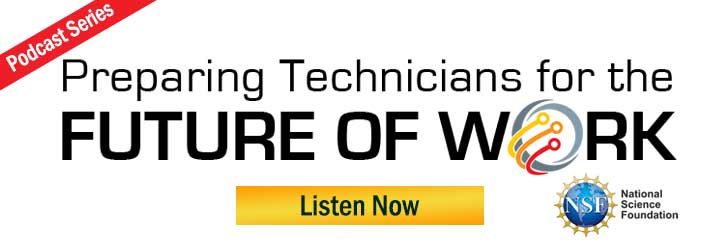A National STEM Strategic Plan Proposal
National Science and Technology Council ‘s, Committee on STEM Education which recently released a five year strategic plan. The latest iteration of the President’s proposed 2014 budget request has at least a 6% funds increase allocation for STEM education. Included in the strategy for 2014 fund allocation is the intent to reduce the number of federally supported programs (currently approximately 225) to closer to 100 (the announced target number at this point is 110) programs. The details of the proposed STEM program changes are available in the five year Federal STEM Education Strategic Plan prepared by the Committee on STEM Education of the National Science and Technology Council as required by the America Competes Reauthorization Act of 2010.
The driving force for the stated approach is the attempt to increase the effectiveness of federally supported programs to improve STEM education. Integrated with this intention to improve performance is the desire to establish useful measures of program impact. At this point, other than the need to consolidate, specific details about the consolidation process and the impact on the programs affected are not available. However, the Plan does outline the altered roles for the Department of Education and the National Science Foundation.
The Department of Education role will increase with efforts focused on K-12 by supporting partnerships among school districts, universities, science agencies, businesses, and other community organizations. The objective will be to transform teaching and learning by crafting a STEM relevant teacher. Suggested strategies for this task are to establish a STEM Master Teacher Corps and create STEM Innovation Networks to connect school districts with available local, regional, and national STEM resources.
The National Science Foundation’s role will also increase. NSF resources will be directed to undergraduate STEM teaching and learning as driven by evidence-based reform approaches. This effort will include programs aimed at improving retention within undergraduate STEM fields, expansion and enhancement of graduate fellowship programs, and the creation of a National Graduate Research Fellowship program.
In addition, the Smithsonian Institution will receive funds to focus on improving its informal STEM education efforts. This includes partnering with the National Aeronautics and Space Administration (NASA), National Oceanic and Atmospheric Administration (NOAA), U.S. Department of the Interior (DOI), U.S. Department of Agriculture (USDA), and the National Institutes of Health (NIH) to reach more teachers and students both inside and outside the classroom. The distribution of these funds and extent of these partnerships were not outlined.
Tthe bottom line at this point is simple. There is more funding for STEM education in the pipeline with a bit more focus on the “E” part of “sTEm” but not much evidence of any serious additional support for the “T”. Thus, it may be up to the ATE community to alter this current path.
Action suggestions?
























